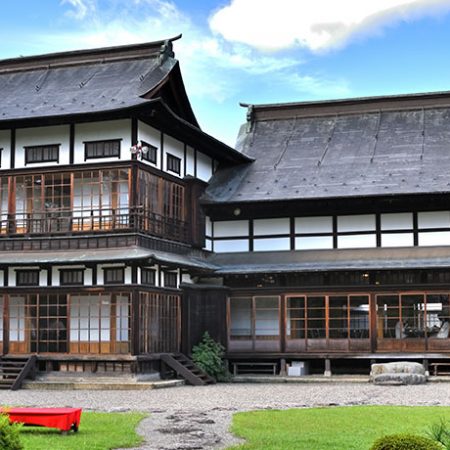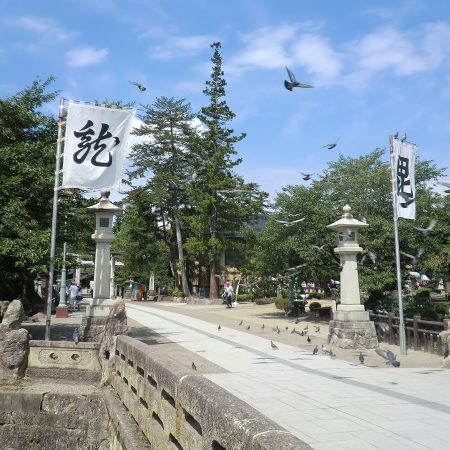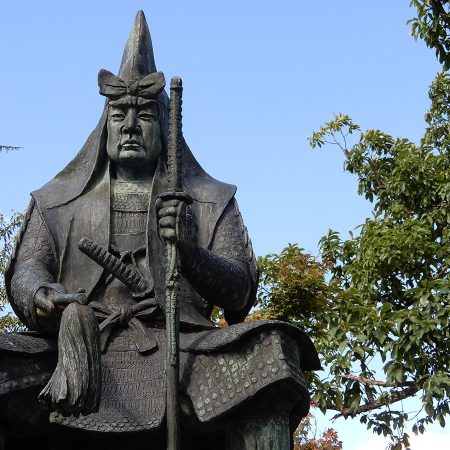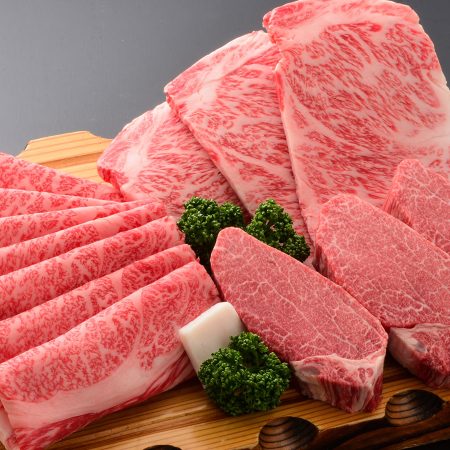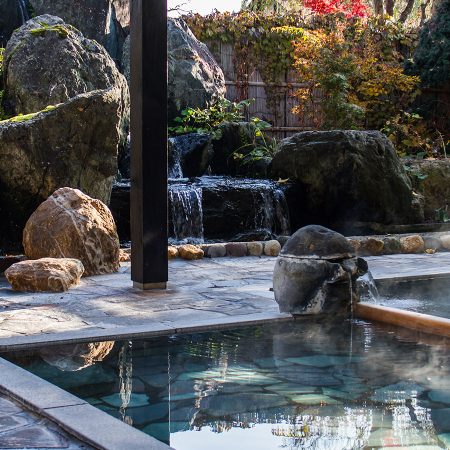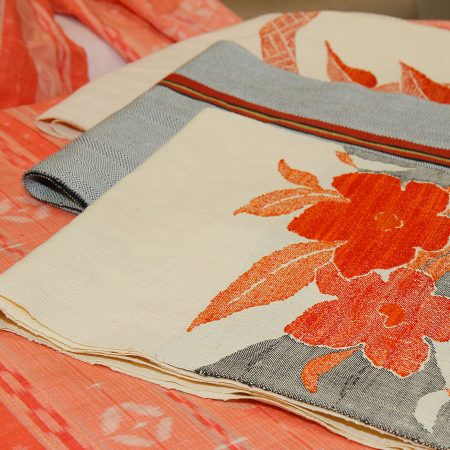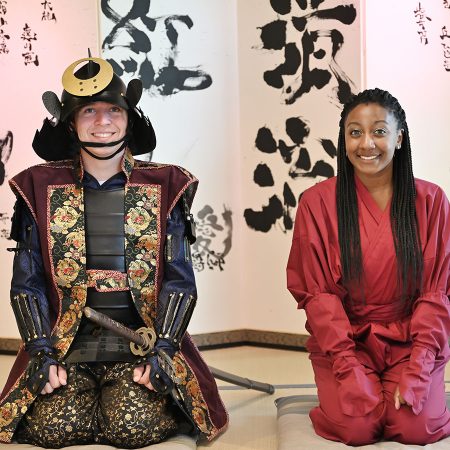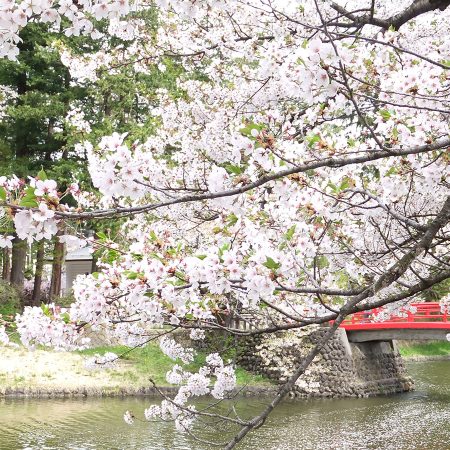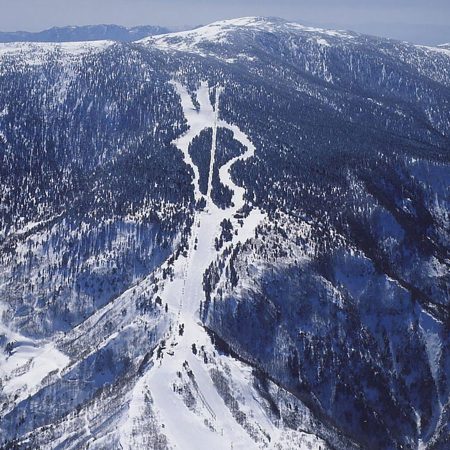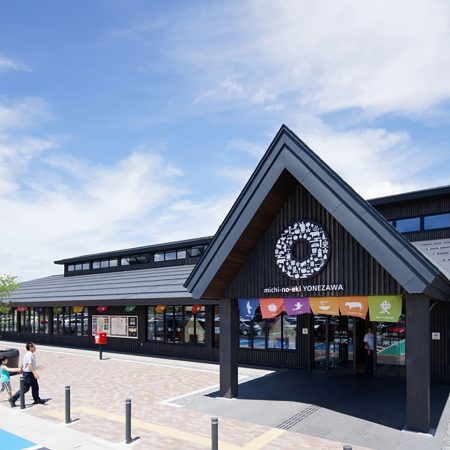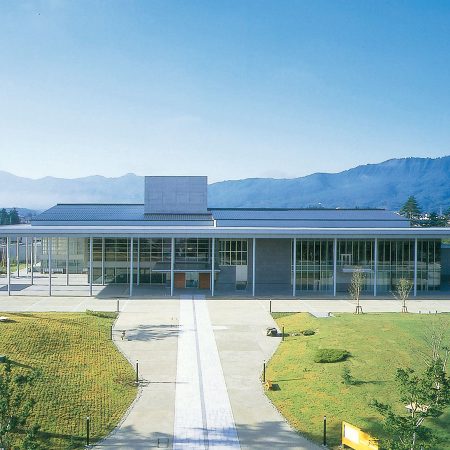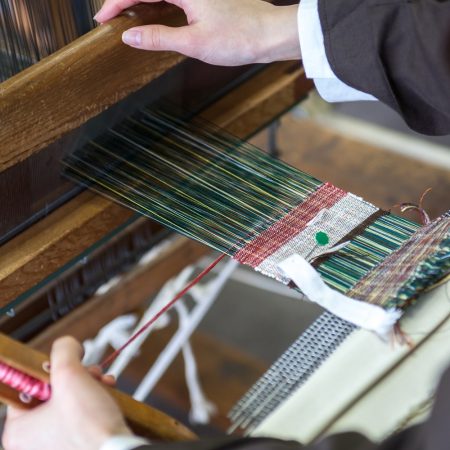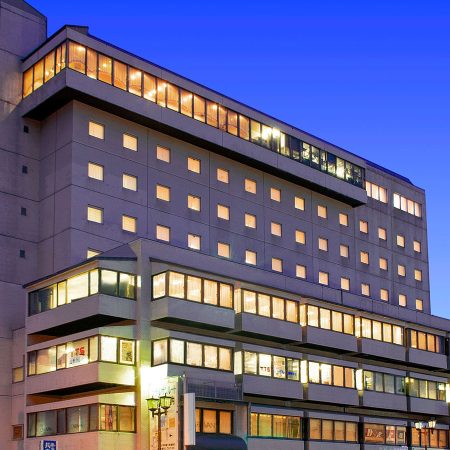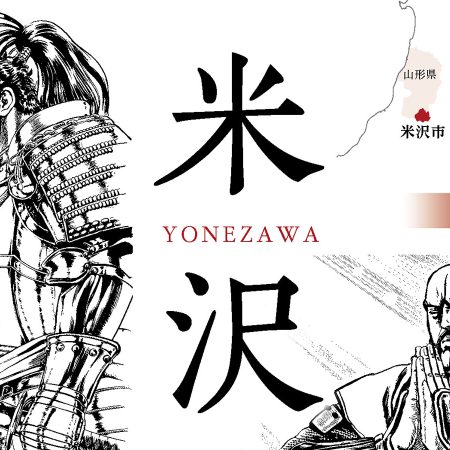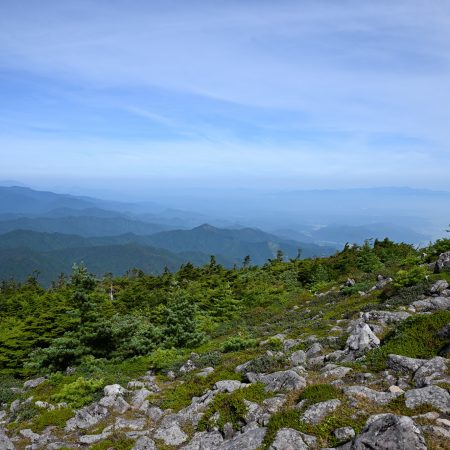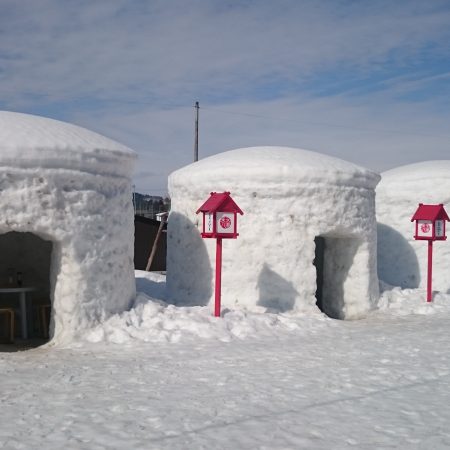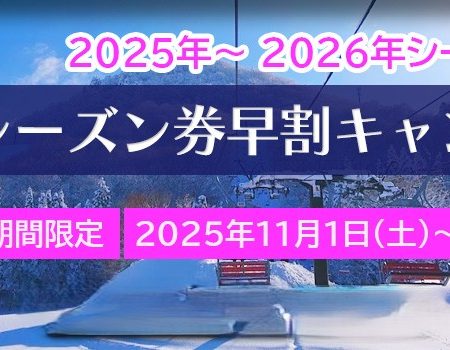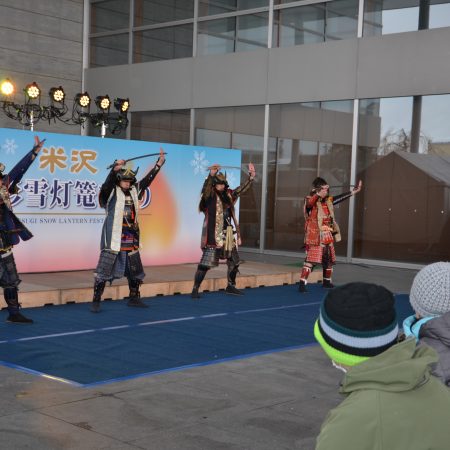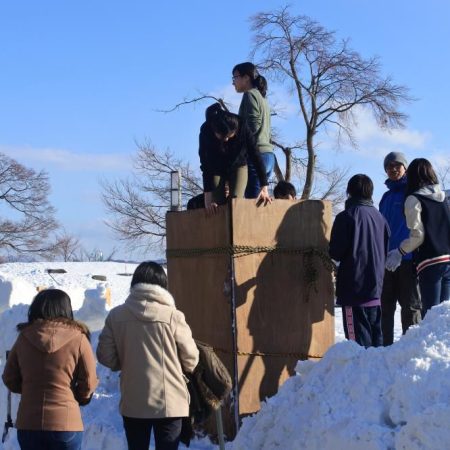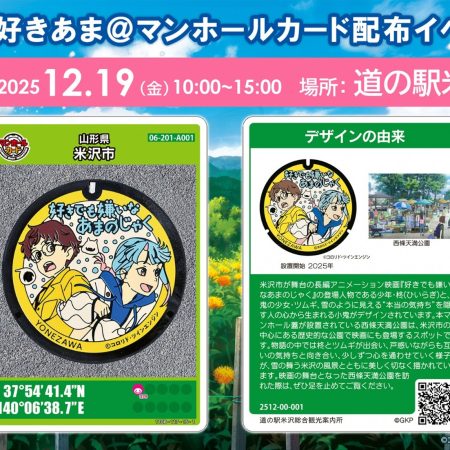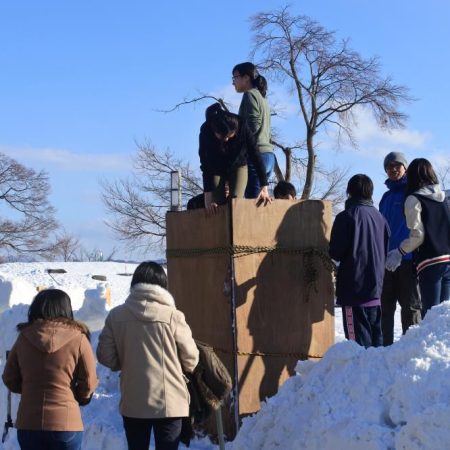Otaka Poppo
Otaka Poppo
This local craft has a history of 1200 years, being passed down for generations. The otaka poppo itself is a simple but beautiful craft, being carved with a single tool and painted afterward.
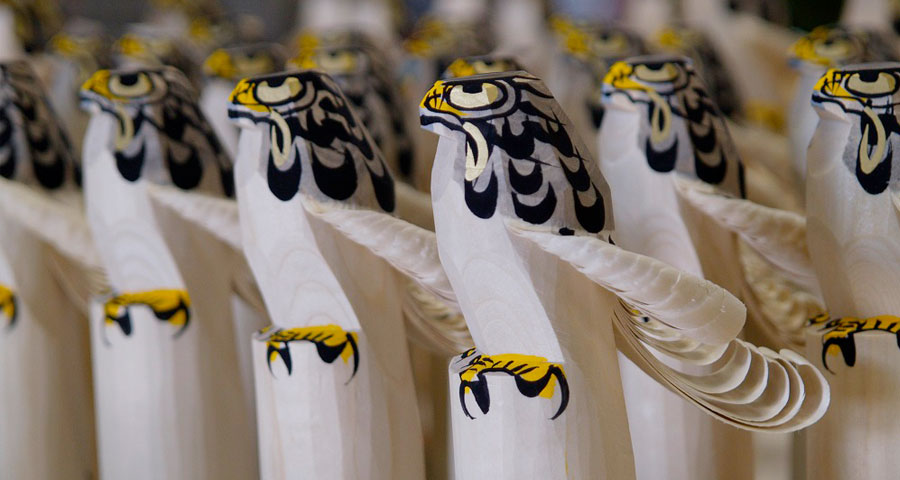
Sasano Ittobori (literally "Sasano Single Blade Carving") is a traditional craft that has been passed down in the southern region of Sasano for over 1,200 years. Sakanoue no Tamuramaro, a warrior who lived during the Heian period, is said to be the tradition's progenitor after he presented a woodcut flower (known as Sasano flowers today) at Sasano Kannon as a prayer for victory. The craft was then passed down as an auspicious act of worship.
The signature Sasano Ittobori creation is the Otakapoppo. "Poppo" means toy in the Ainu language while "taka" is Japanese for hawk. The hawk is associated with Uesugi Yozan both for its strength and also for the shared kanji (鷹) in their names. Thanks to these connections, hawk-shaped products were seen as lucky charms believed to bring bountiful harvests to farmers. In a time when rice was the backbone of the economy, they were akin to attracting economic prosperity. Farmers were also encouraged to carve these hawks as a source of side income during winter. Carvers use a special knife known as Sarukiri to carve the wood of koshiabura (Chengiopanax sciadophylloides) in the hawk's likeness. Its details are then painted on with black and yellow paint.
The hawk's sharp glare and curled up feathers are key features to look out for in an Otakapoppo. With its rustic yet regal finish, the Otakapoppo is also a popular choice of gift.
Yonezawa Fabric
Yonezawa Fabric
While the history of Yonezawa fabric goes back 400 years, its development ramped up during the rule of Uesugi Yozan. The fabric was originally made with ramie and eventually switched to silk. It became famous throughout all of Japan and is used nowadays in many different products, including bags and neckties.
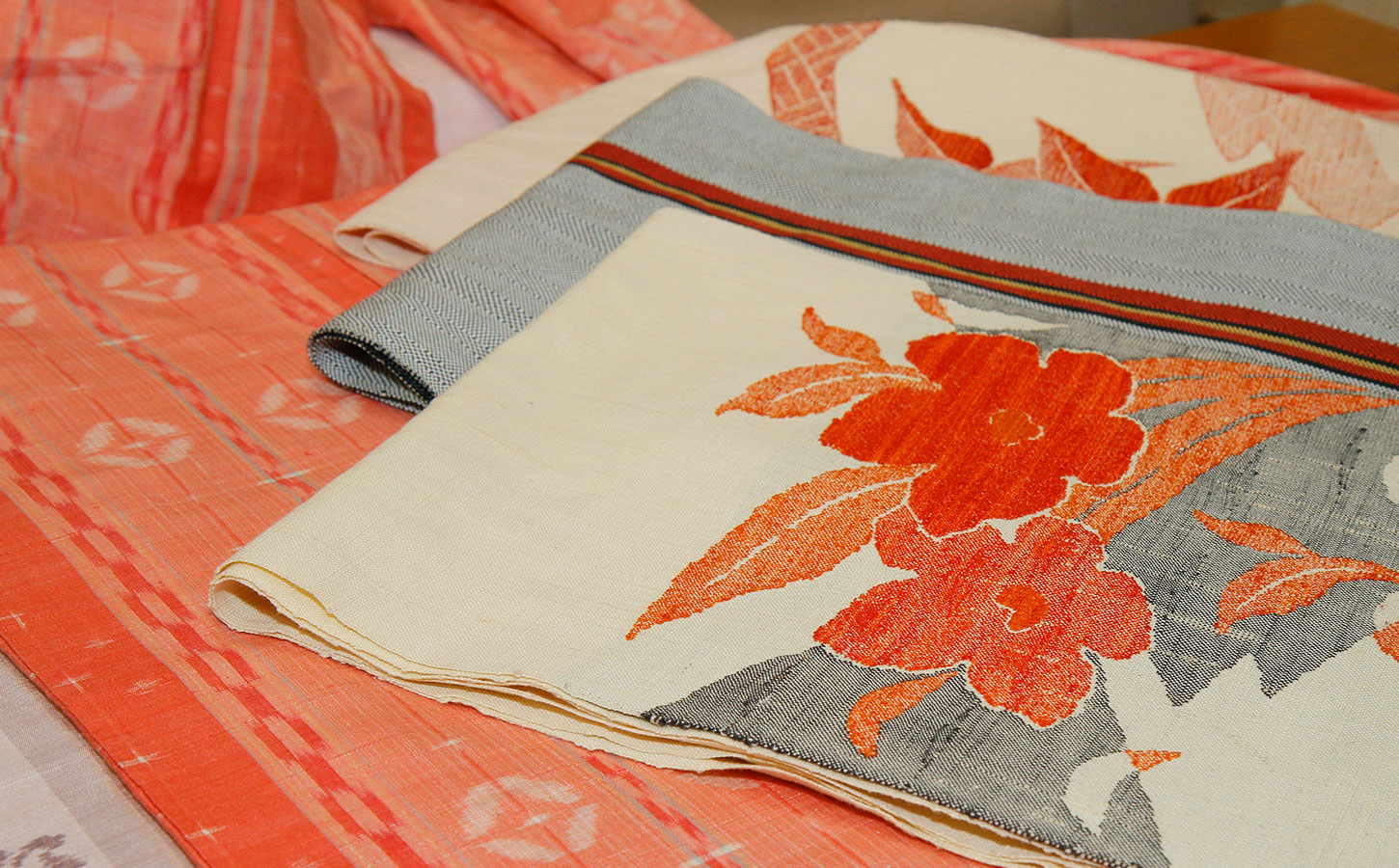
Yonezawa is known historically as a forerunner in producing textiles. Textile production is said to have started when Uesugi Yozan ordered the women in his household to learn how to weave. The same techniques have been passed down to this day in Yonezawa, and the textiles are used to create a wide variety of merchandise.
In the beginning of the Edo period, Yonezawa began cultivating silkworms and crops like ramie and safflower for weaving and dyeing. Naoe Kanetsugu encouraged the production of these specialty goods and even made it an official economic policy. In particular, ramie fibers became the domain's key produce and was sold to other regions which specialised in weaving to be woven into other specialty goods like Echigo-jofu and Nara Zarashi.
Later, Yonezawa switched its focus from hemp weaving to silk weaving when silk farming flourished. Today, the city produces silk for hakama, business card holders, neckties and other merchandise. We hope to share the allure of today's Yonezawa textiles with as many people as possible.
Local Sake
Local Sake
The harsh winters of Yonezawa are said to lead to delicious sake. Make sure to try the award-winning sake for yourself during your stay.

Yonezawa's rice is grown in soil that is enriched by the Mogami river, and it is watered using pure groundwater extracted from aquifers flowing from the Azuma Mountains. These, combined with the city's cold and harsh winters, allow Yonezawa's sake brewers to produce delicious alcohol that is uniquely gentle and mellow.
There are 4 traditional sake breweries which are still active to this day. They are: Kojima Sohonten, Hamada, Kousaka Shuzo, and Shindo Sake Brewery Co., Ltd. Enjoy the distinct tastes of sake brands like Toko, Okimasamune, Kobai, and Kurouzaemon and many more, produced right here in Yonezawa!


